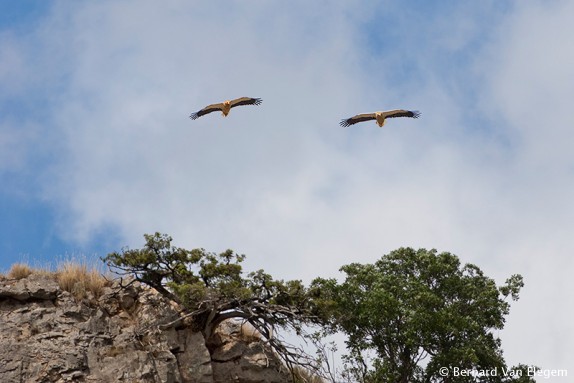- 1 of 901
- next
Egyptian vulture - Aasgier - Neophron percnopterus
In Europe, the breeding population is estimated to number 3,300-5,050 breeding pairs, equating to 9,900-15,150 individuals. Europe forms 25-49% of the global range, so a very preliminary estimate of the global population size is 20,000-61,000 individuals, although further validation of this estimate is needed.
The species declining in virtually all parts of its range, apparently for a number of different reasons. In India, it has declined by >90% in the last decade; European populations have declined by >50% over the last three generations, and West, East and southern African populations also appear to have declined significantly, as do Arabian populations (Jennings 2010).
This species faces a number of threats across its range. Disturbance, lead poisoning (from gun shot), direct poisoning, electrocution (by powerlines), collisions with wind turbines, reduced food availability and habitat change are currently impacting upon European. Illegal poisoning against carnivores seems to be the main threat operating on the breeding grounds in Spain and the Balkans. Declines in parts of Africa are likely to have been driven by loss of wild ungulate populations and, in some areas, overgrazing by livestock. Recent analyses from many countries such as Spain and Bulgaria have highlighted high levels of contamination of Egyptian Vultures leading to increased mortality. Antibiotic residues present in the carcasses of intensively-farmed livestock may increase the susceptibility of nestlings to disease. It appears that Diclofenac, a non-steroidal anti-inflammatory drug (NSAID) often used for livestock, and which is fatal to Gyps spp. when ingested at livestock carcasses, is driving the recent rapid declines in India.

